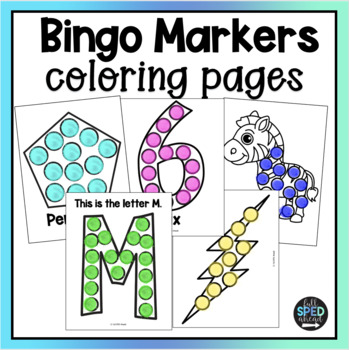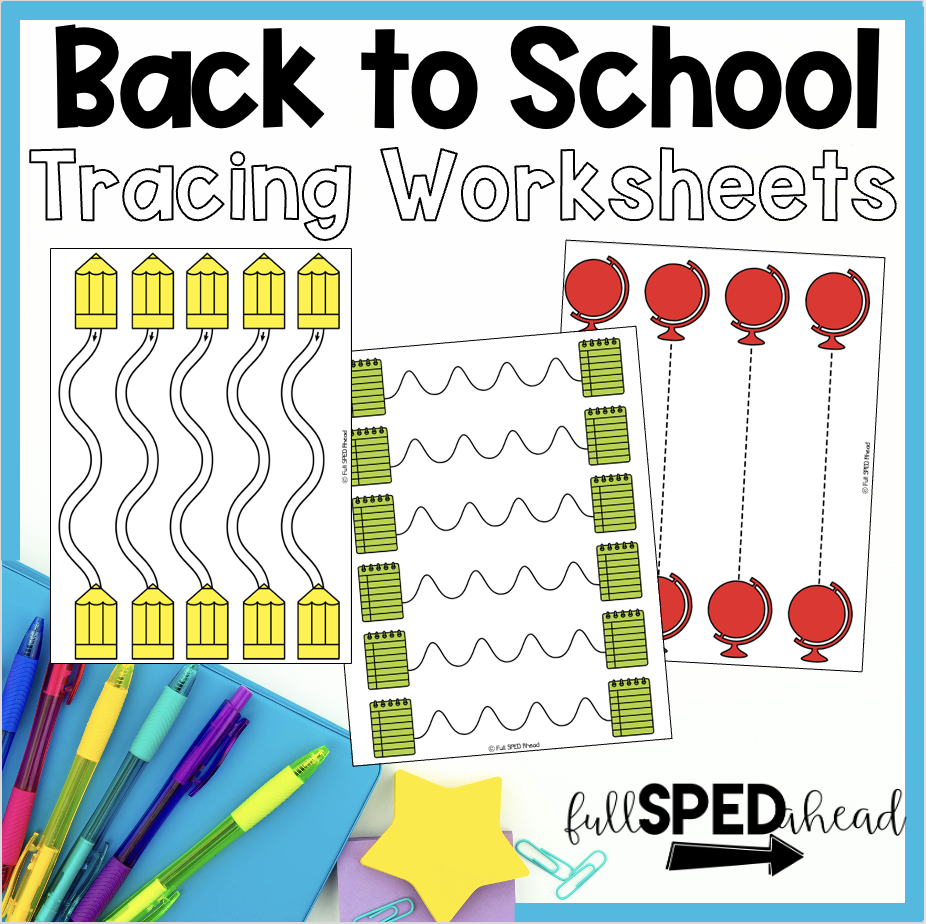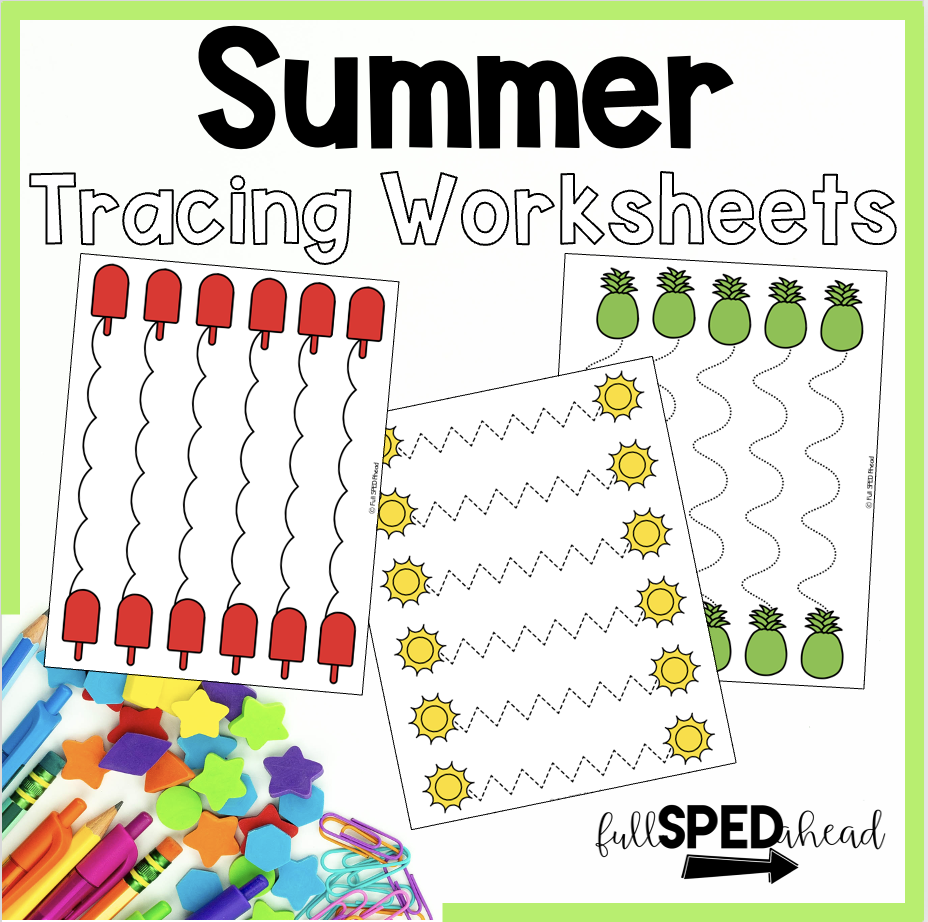Fine motor skills are needed in everything that we do! If you’re in special education, most of your students are most likely working on fine motor. From tracing to writing. From typing to tying shoes. Your students need to progress in how they use their hands!
Fine motor skills in special education refer to the precise movements and coordination of the small muscles in the hands and fingers. These skills are essential for tasks that require dexterity, control, and manipulation, such as writing, using scissors, buttoning clothes, and manipulating small objects.
For students with special needs, fine motor skills development may present challenges. However, through targeted interventions and strategies, educators can help students strengthen and improve their fine motor abilities, enabling them to participate more effectively in daily activities and academic tasks.

If you’re like me, you have a group of students that are working on basic foundational motor skills in tracing and fasteners in their clothing. It was always so frustrating that these activities never seemed to accommodate my students.
I create my own activities that are specifically designed for my students. That is where my bingo marker coloring pages were born! You can grab your own bingo marker coloring set below! I needed something to work on fine motor skills.
In a special education setting, teachers employ a variety of techniques and activities to support the development of fine motor skills.

Next, my students have been working on fine motor in tracing activities. We work on this all year long, so I’ve created holiday and seasonal themed tracing activities! The pictures are bright and vibrant and super engaging for my students when their favorite holidays are approaching!

Great activities to send home with students or use on a tablet and trace with a stylus or finger! Yes, you can use these resources digitally too! Just click the TPT Easel tool and you can upload your activity directly to your Google Classroom or other educational platform! Work on fine motor skills where ever you go!
If you’re looking for fun holiday tracing worksheets and activities to promote fine motor skills, check this set out below!
If you’re looking for fun seasonal tracing worksheets and activities to promote fine motor skills, check this set out below!
It’s important for teachers to provide a supportive and inclusive learning environment where students feel encouraged to practice and develop their fine motor skills at their own pace. By incorporating targeted activities, offering appropriate accommodations, and providing positive reinforcement, educators can help students with special needs improve their fine motor skills, fostering independence, confidence, and success in both academic and daily life tasks.
Looking for fine motor work tasks in your classroom, check out this blog post!
Want to know more about writing instruction in special education? Check out this post!
Instagram | TeachersPayTeachers | Facebook | Boom Learning Library | Pinterest
What are you looking for?
COPYRIGHT © 2025 Full SPED Ahead